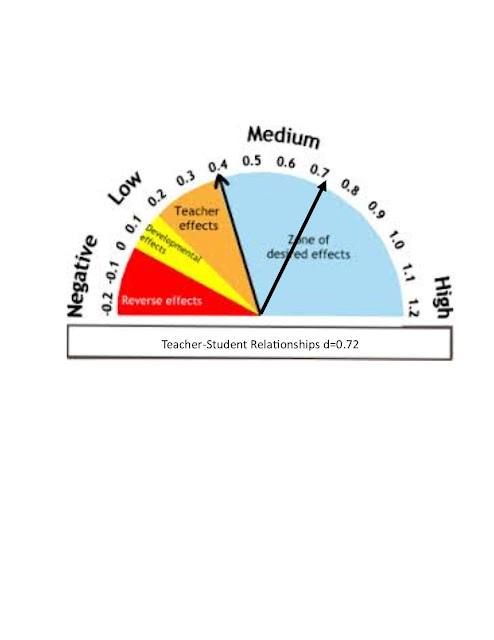Dear Deep Creek School Family,
Happy Monday to all. I hope the weekend was enjoyable. Spring Break is quickly approaching and that means so is Deep Creek's most cherished tradition, Teddy Bear Picnic. I know the picnic part of the fun is relaxing, but often the student led conference in the classrooms may bring some anxiety. Adrienne and I often hear that part of that anxiety is the Leadership Notebooks that students should have been creating throughout the year to share with their families. It is believed that we are forgetting the purpose of the Leadership Notebook and it ends up being something that ends up forgotten in the curriculum. We need to be reminded that the Leadership Notebook assists students in creating goals and understanding their learning.
Dr. Robyn R. Jackson comments on this classroom tool in her book Never Work Harder Than Your Students and Other Principles of Great Teaching:
"Data notebooks provide a powerful way of getting students involved in collecting their own feedback about their learning and have been used with children as young as kindergartners all the way up through seniors in high school." Students benefit from data notebooks because they have a voice in their learning and can understand and work towards success in a systematic way. Students are then able to articulate their learning at Student-Led Conferences because they record and understand their own data."
It should be mentioned that it is fairly certain that you all see the benefits of these notebooks, but struggle to find the time in the instructional day to work on them and use them effectively on a regular basis. These suggestions were found that may help in the future.
The key is having a system in place so instruction time is not interrupted too often and the time spent looking at and recording data is meaningful. You need to figure out what works best in your classroom structure.
Here are a few suggestions:
- Set up a system so your students know when it is time to fill out their data notebooks.
- Set a time limit on the data-recording sessions so you are able to move forward with classroom instruction in a timely manner.
- Data-recording sessions should correspond with current overarching assessments. This will limit the impact on instructional momentum.
- Determine a specific time for entering data. It could be right before going home, between subjects, or after lunch.
- If students finish assignments early, suggest that they record data in their notebooks quietly while they wait for other students to finish.
- Intentionally confer with students individually about their goals. This should be done within the context of your current instructional frameworks such as guided reading or individual conferencing.
- Train your students to monitor their own personal goals, if possible, at a designated time during the school day.
- Do not have students track data that has not been discussed and connected to best-practice strategies for improvement. Remember, your guidance is key to student achievement!
These suggestions were found with more information from the following website.
https://www.leaderinme.org/blog/using-student-data/
Thank you all and let's have a great week.
Adrienne & James








